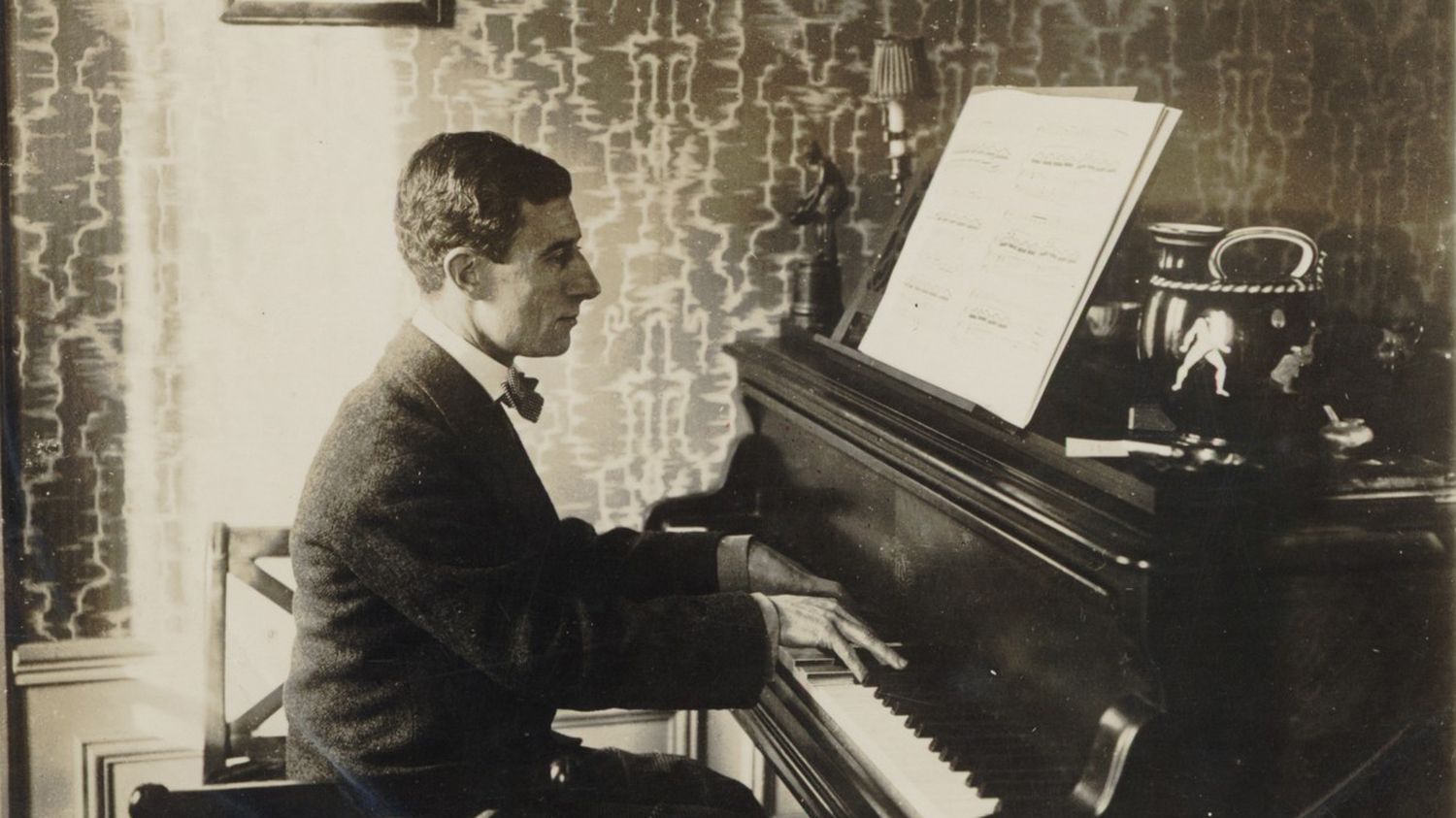Published
Update
Reading time: 3 min
A court decision must decide this Friday between the composer’s rights holders and Sacem, to know whether the work, written in 1928, should fall into the public domain or not.
Some will say that this is a refrain… But the saga surrounding the copyright of Bolero by Maurice Ravel continues. The famous instrumental piece, which is said to be played every fifteen minutes around the world, once again finds itself in court over the question of its copyright. In Canada, Japan and countries observing a 50-year postmortem period, the Bolerolike all the works of the French composer, entered the public domain on January 1, 1988, since the composer died in 1937 from a brain disease.
In France, the period is 70 years after the death of the author, so the Bolero should have been affected in 2008. But Ravel’s beneficiaries claimed the war extensions, due to the Second World War, which therefore delayed the deadline by eight years. Thus, Sacem had warned: from 2016, the copyright of the Bolero were to come back to them. But Maurice Ravel having died childless, the line of inheritance is complex and has delayed the deadline.
When the composer died, his brother Edouard became the sole heir to his property and music. However, the latter bequeathed his copyright to his governess, Jeanne Taverne, who herself bequeathed them, upon her death, to her husband Alexandre Taverne. It was then the children of Alexandre Taverne’s second wife who ended up inheriting these rights, until 2016, when the Boléro was to enter the public domain.
This is where new potential beneficiaries come in: Alexander’s heirs. Nikolayevich Benois, ballet designer who worked on several ballets by Maurice Ravel. They believe that their great-grandfather should be recognized as co-author of the Boleroas does choreographer Bronislava Nijinska, as they argue that this work is more of a ballet than an orchestral piece.
They are based, among other things, on the presence of the name Benois on the argument of two ballets performed on the evening of the premiere of Ravel’s work in 1928, and the declarations of Louis Laloy, general secretary of the Paris Opera, who writes in Le Figaro that Alexandre Benois was the“author” of the three shows.
The stakes are therefore high, because if Sacem recognizes Alexandre Benois as co-author of the work, the copyright will be extended until 2039, since the decorator died in 1960. Sacem rejected these new inheritance claims for the first time in 2016, hence the holding of this trial. For Ravel’s heirs, Sacem has no legitimacy to decide whether the Bolero is a work of collaboration, or not.
If the Bolero arouses so much covetousness, it is because the work represents a very juicy financial windfall. If for years, it would have represented several million annually, it is estimated that between 2011 and 2016, it would have brought in Maurice Ravel’s beneficiaries no less than 135,000 euros per year! Thus, the extension of copyright until 2039 could bring in around 20 million euros to the various beneficiaries.
But the time to draw the curtain on this play has not yet come: if the Nanterre court is to give its decision on Friday, June 28, the two parties, Sacem and the heirs, have warned that they will appeal, regardless of the result. Bolero de Ravel is therefore not finished with his courtroom ballet.
